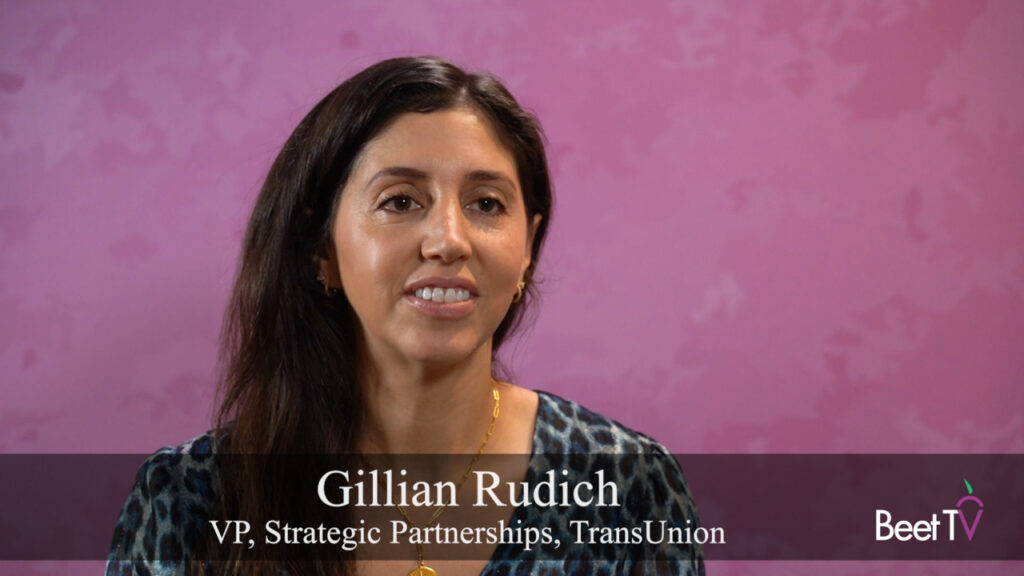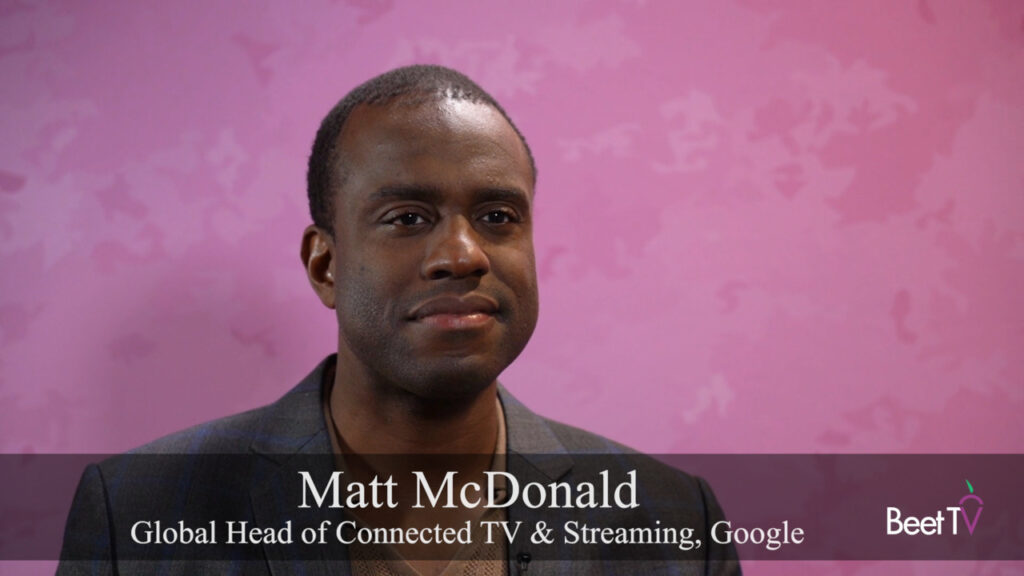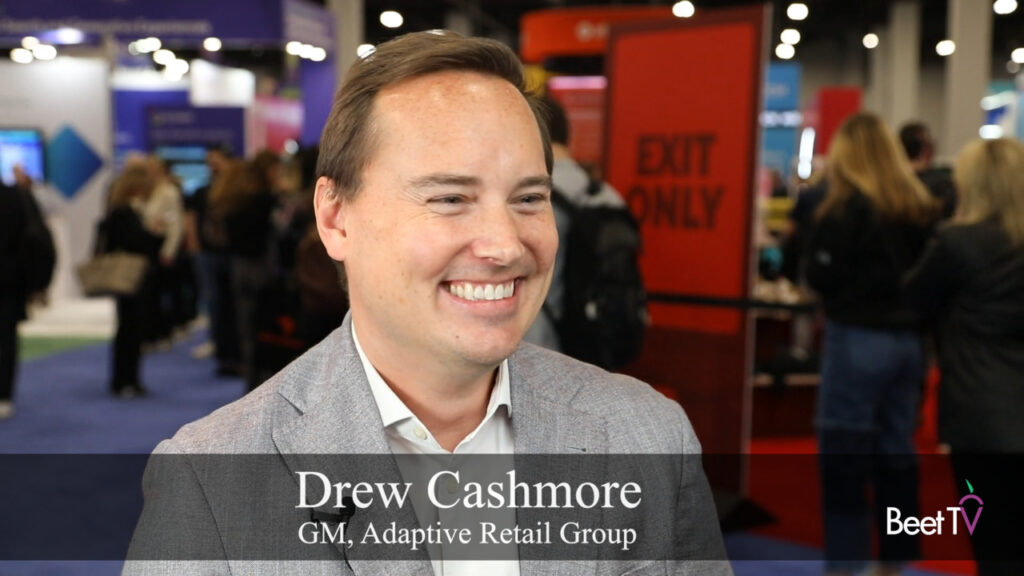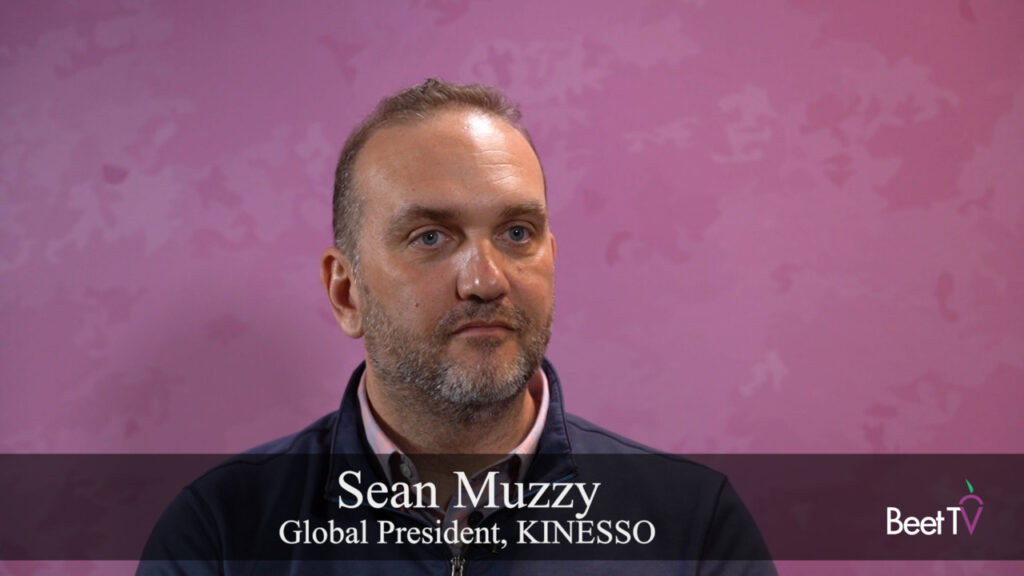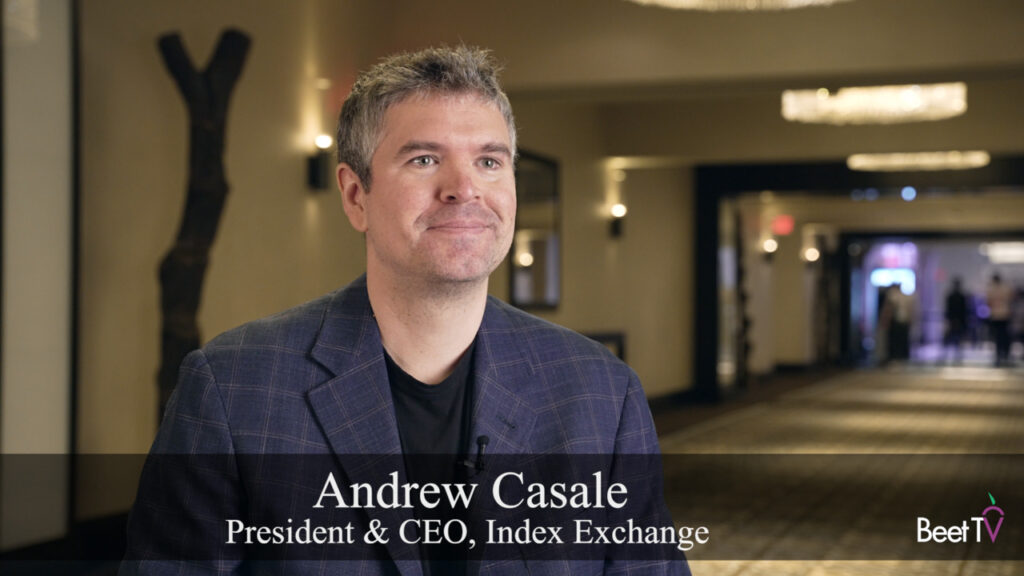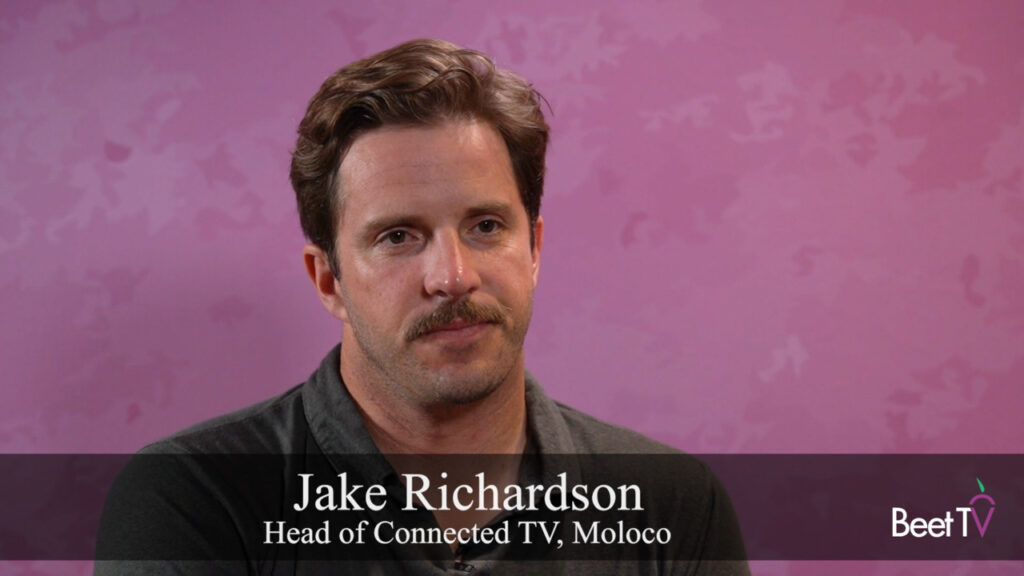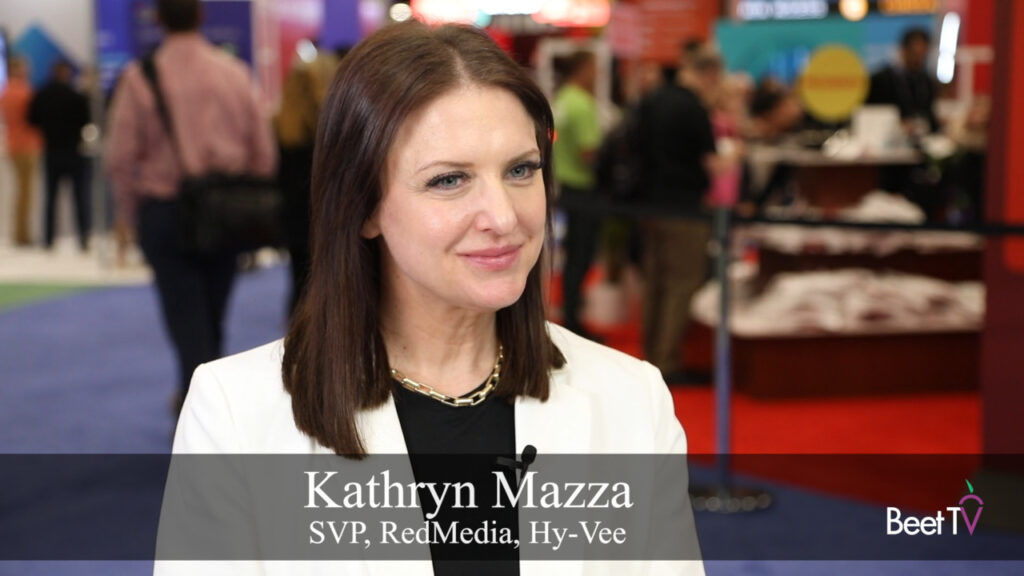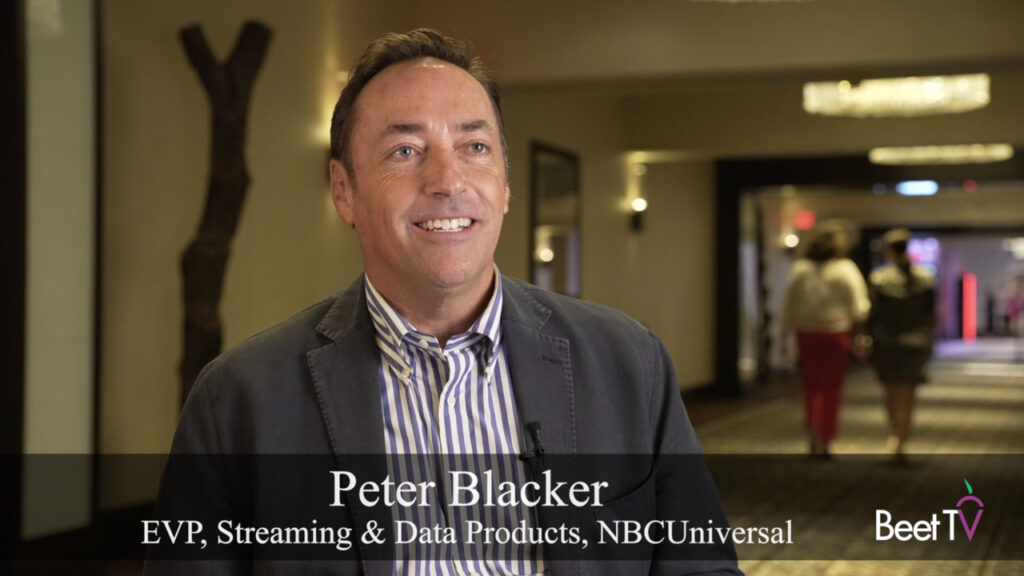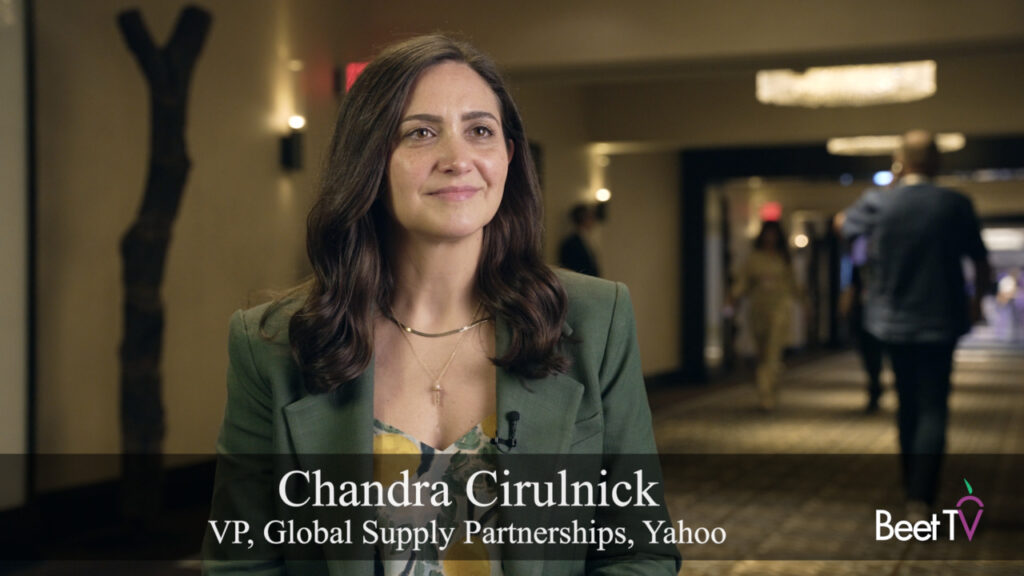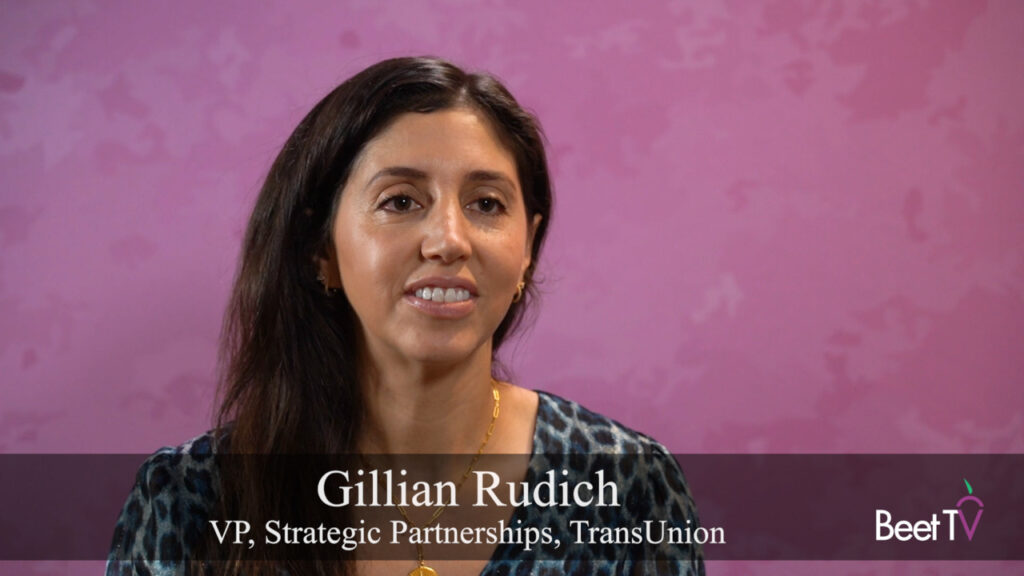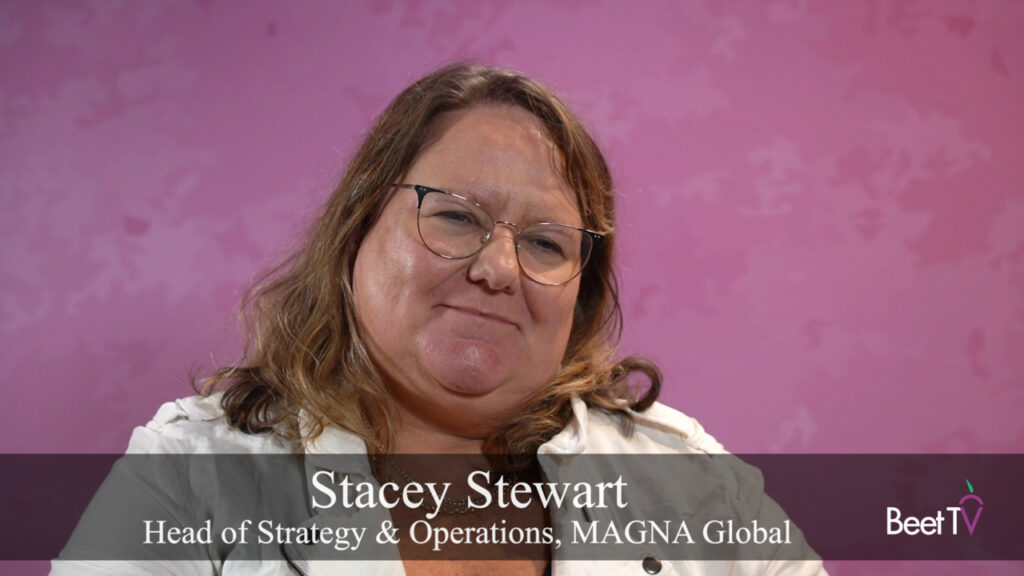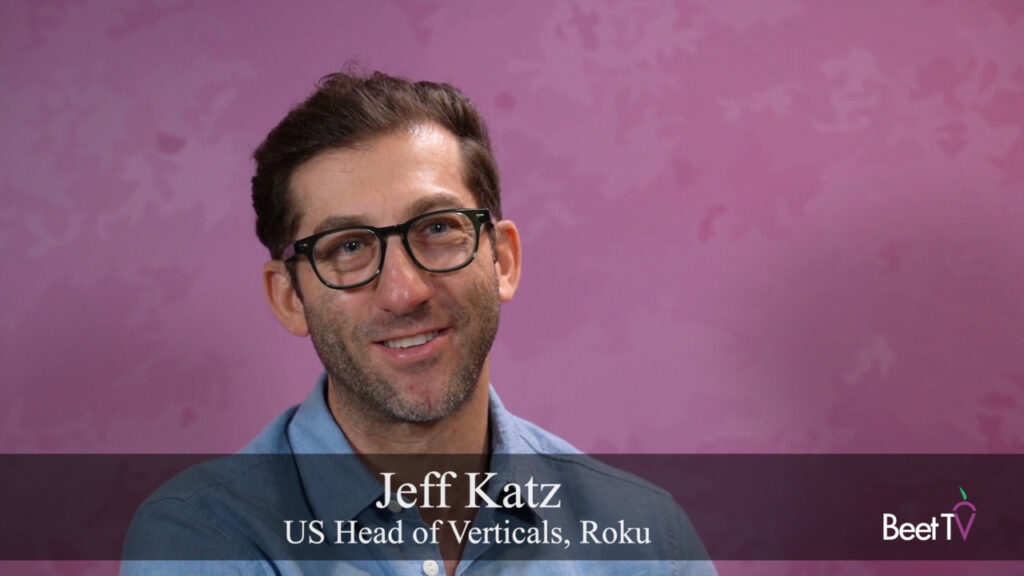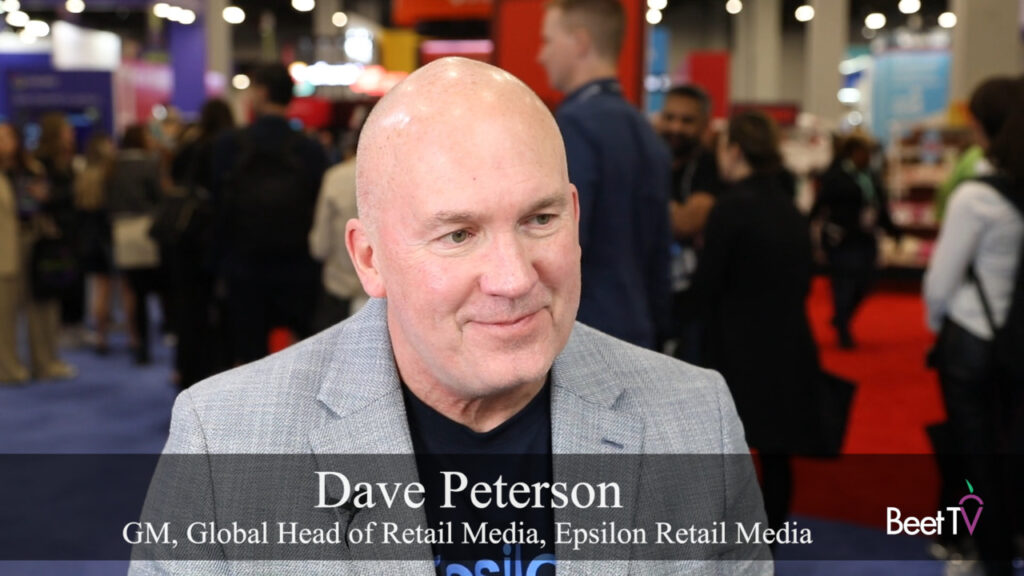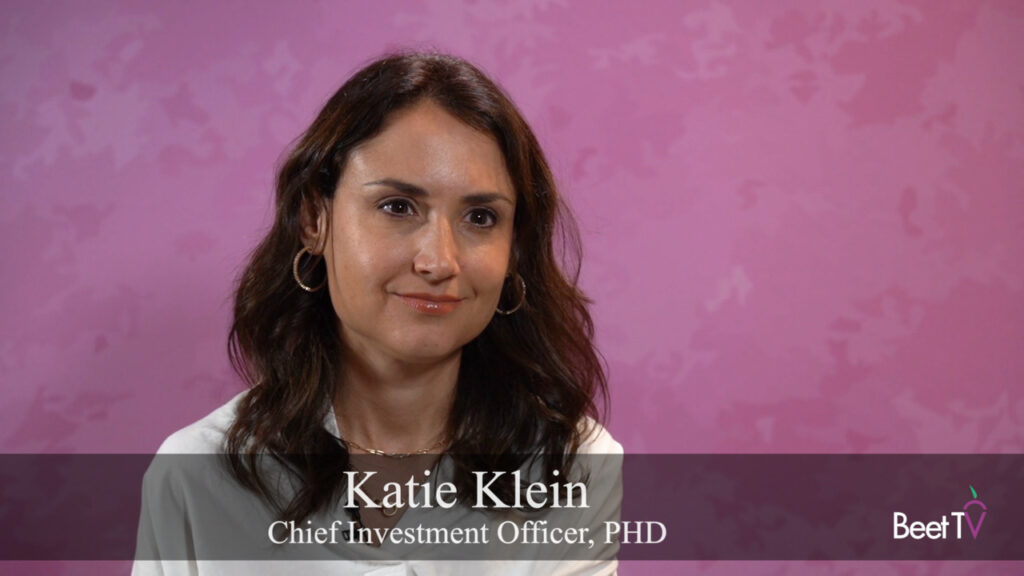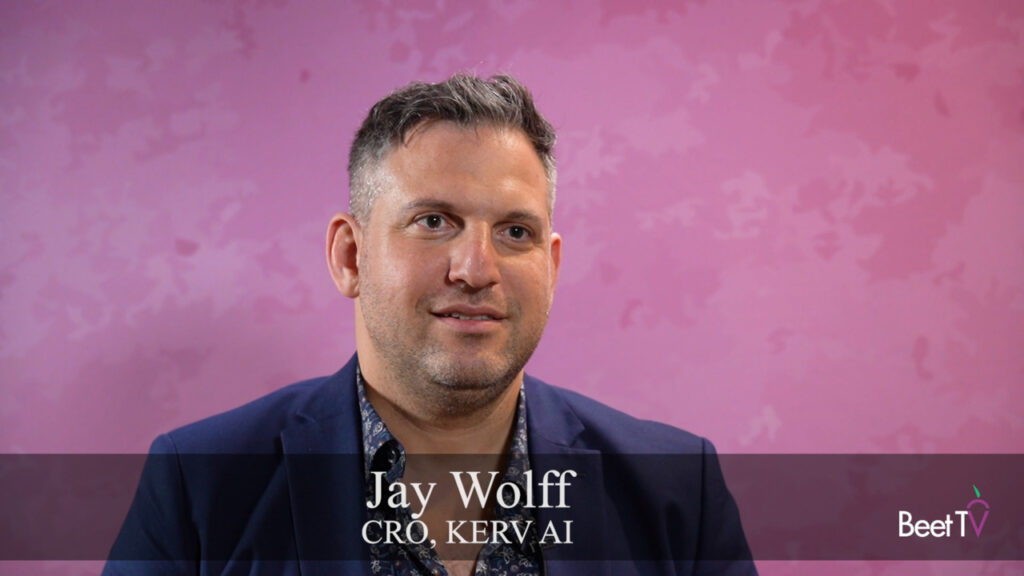
LONDON — Newspaper and TV companies are natural cut-throat rivals. But, in a new global context, publishers in many markets are tapping their common cause – and common tongue – to fight a shared enemy.
Earlier this year, The Guardian, CNN International, the Financial Times and Reuters together formed the Pangea Alliance, a shared scheme to pool first-party ad data for ad buyers to target their combined 110 million users in an automated fashion.
French conglomerate La Place is another cooperative powered by Rubicon Project, and several have cropped up in Latin America. What’s behind this new coming-together?
“In some European markets, we’ve seen major broadcasters responding to the threat of American technology companies who have achieved massive amounts of scale,” says video advertising technology platform vendor SpotX‘s programmatic demand VP Alex Merwin. “For example, in Germany, the online video views of IP Deutschland, Axel Springer and ProSieben combined pale in comparison to the uniques that a Facebook or Google-YouTube bring to the table.
“The agencies want local-language content. But the disparity in scale is getting to a point where significant portions of ad spend are shifting to non-local publishers. You really need to band together and have a unified offering. That’s why we’ve seen publisher coalitions take off.”
SpotX is launching a new tool, dubbed “curated marketplaces”, to give its customers even more control over how they access advertising inventory programmatically. Whilst so-called “private marketplaces” allow buyers to gate off the inventory pools they use, they nevertheless involve much effort on the ground, Merwin says. So SpotX’s “curated marketplaces” aim to allow them more control.
This video was produced at the Future Of TV Advertising Forum. Beet.TV’s coverage is sponsored by Xaxis. You can find more Beet videos from the conference on this page.






